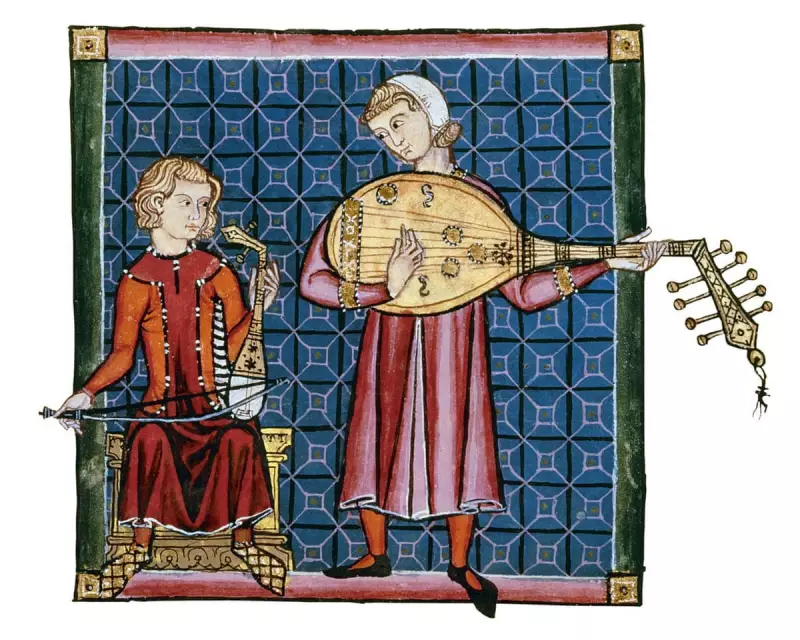
In a discovery that's sending ripples through the world of medieval musicology, a prized manuscript held at Cambridge University has been revealed as anything but unique. The findings challenge long-held assumptions about musical traditions from a millennium ago.
The Manuscript That Fooled Experts
For years, music historians believed Cambridge's manuscript - known as 'Benedictine Office' - represented a singular musical tradition. Dated to around 1000-1050 AD and housed in the prestigious Cambridge University Library, this fragile document contains early musical notation called neumes, the precursor to modern sheet music.
However, recent research by Professor Sam Barrett has uncovered something remarkable. Through painstaking analysis, Barrett discovered the Cambridge manuscript is actually a close copy of another document located hundreds of miles away in St Gallen, Switzerland.
A Medieval Copying Tradition Revealed
The implications are profound. Rather than representing independent musical traditions, these manuscripts reveal an organised copying system operating across medieval Europe. Monks or scribes were apparently reproducing musical texts with surprising accuracy, creating what Barrett describes as "identical twins" of musical notation.
What makes this discovery particularly fascinating is the precision of the copying. The neumes - those early musical symbols that indicated pitch and rhythm - were reproduced with such care that they maintain nearly identical spacing and form across both manuscripts.
Why This Changes Everything
This revelation transforms our understanding of medieval musical practice in several key ways:
- Musical literacy was more widespread than previously thought across monastic communities
- Standardised musical traditions existed across great geographical distances
- Complex networks of knowledge exchange operated throughout medieval Europe
- Musical notation was sufficiently developed to allow accurate reproduction
The research, which forms part of the European Research Council's 'Agency of the Written Word in Medieval Music' project, demonstrates how medieval musicians maintained musical consistency across continents despite the limitations of travel and communication.
A New Chapter in Music History
As Professor Barrett prepares to present these findings at Cambridge's 'Musical Manuscripts and Medieval Culture' conference, the academic world is reconsidering fundamental assumptions about medieval music. What was once considered unique now appears to be part of a sophisticated, Europe-wide system of musical preservation and transmission.
This discovery not only rewrites a chapter of musical history but also highlights how modern technology and traditional scholarship can combine to reveal secrets hidden for a millennium in plain sight.





